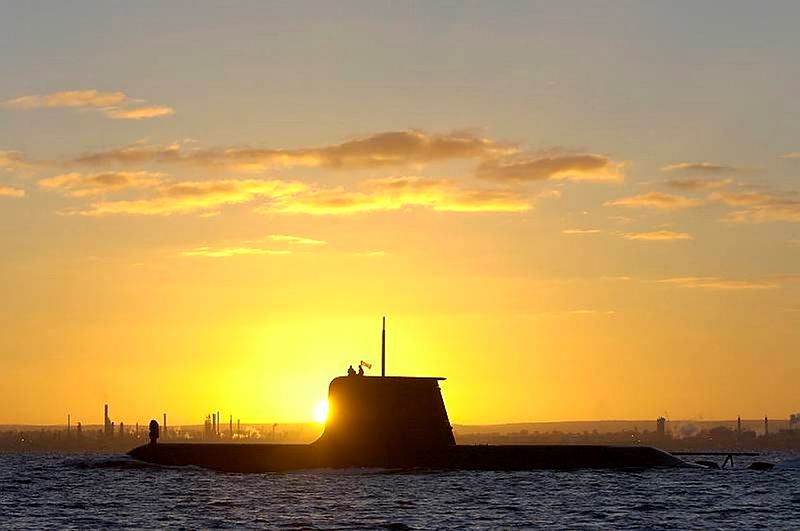Option J for FSM—a Japanese solution?
 Andrew Davies raised some interesting issues regarding the possible acquisition of Japanese submarines for Australia in his recent post, ‘Getting the submarine we want’. I’d like to take a closer look at the suitability of the Soryu.
Andrew Davies raised some interesting issues regarding the possible acquisition of Japanese submarines for Australia in his recent post, ‘Getting the submarine we want’. I’d like to take a closer look at the suitability of the Soryu.
Comparisons with the Collins class are difficult given the scarcity of published information and the fact that the Japanese platform and combat system components have been developed in an environment isolated from competition with Western/NATO suppliers.
Still, the table below provides a comparison of the Soryu and Collins class submarines using publicly available information. Read more



